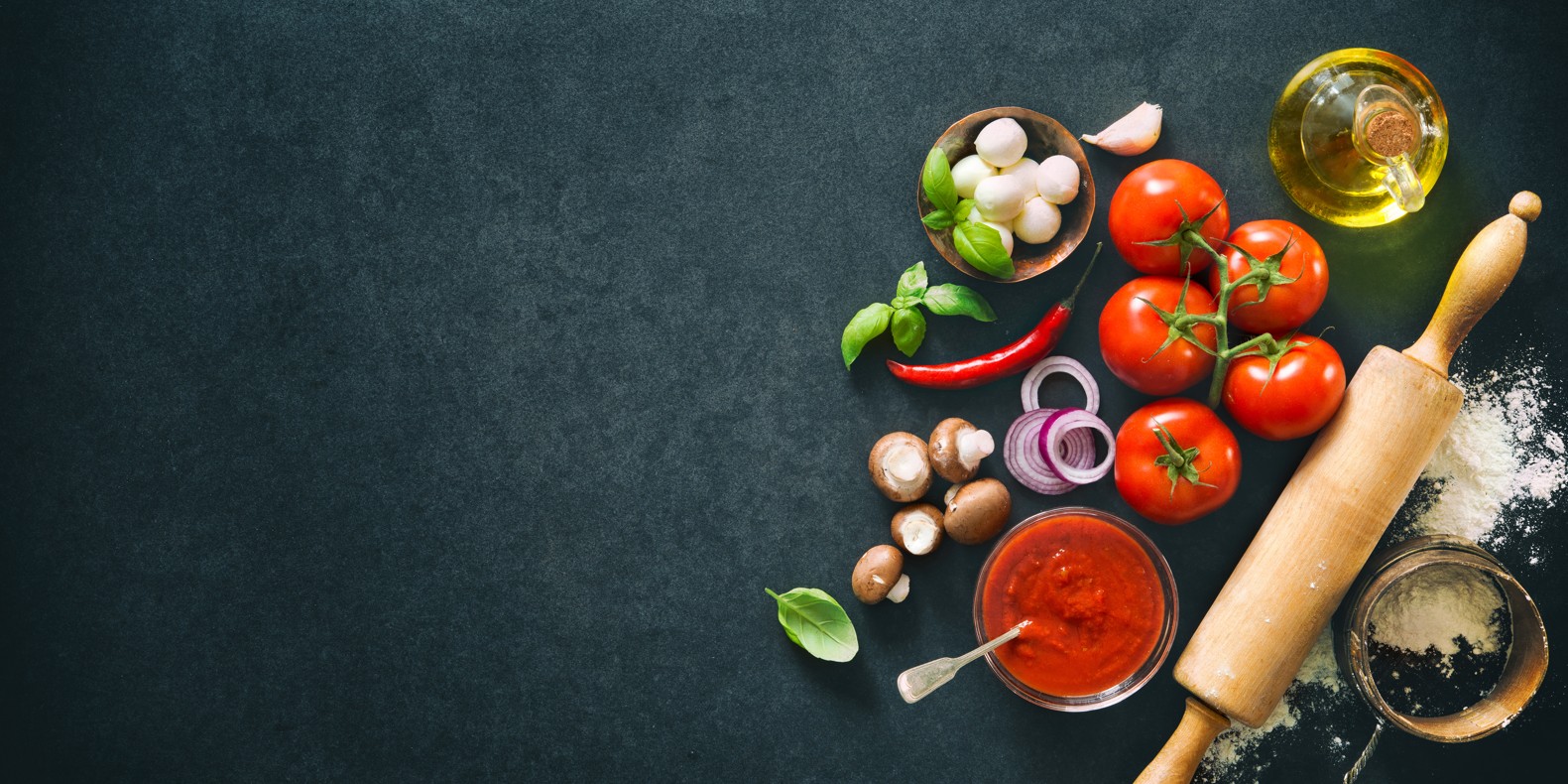There’s something about Italian cuisine that feels like a homecoming. It’s not just the bold flavors or the comforting dishes, it’s the respect for ingredients, the slow food philosophy, and the celebration of culture through every bite.
At American Dining Creations, our August theme may spotlight Italian street food, but behind every crispy bite is a story rooted in tradition, nourishment, and a deep understanding of what real food means.
The Power of the Ingredient
Italian cooking isn’t about complexity, it’s all about quality. Whether it’s a drizzle of olive oil, a dusting of parmigiano, or the unmistakable aroma of garlic sizzling in a pan, each ingredient serves a purpose. These are the flavors that form the backbone of Italian food culture, and they are among the world’s most nutritious staples.
Olive Oil: Liquid Gold
Used daily in Mediterranean households, extra virgin olive oil (EVOO) is more than a kitchen staple—it’s a health powerhouse. Rich in monounsaturated fats and antioxidants like polyphenols, EVOO supports heart health, reduces inflammation, and even boosts brain function.
In Italy, it’s not uncommon for olive oil to be enjoyed poured over bread or drizzled onto grilled vegetables. That purity and reverence for good fats is something we can all learn from. It’s not about cutting oil out of your life—it’s about choosing the right kind.
Garlic: Flavor with Benefits
Garlic has been used for centuries, not just for its pungent flavor but also for its powerful medicinal properties. It contains compounds like allicin, which support the immune system and may help lower blood pressure and cholesterol.
In Italian cuisine, garlic is foundational. It infuses sauces with depth, transforms humble dishes into something unforgettable, and brings boldness to even the simplest street food. A reminder that healing and flavor can—and should—coexist.
Parmigiano Reggiano: Protein, Calcium, and Character
You may think of cheese as indulgent, but Parmigiano Reggiano brings more than just umami to the plate. Aged for at least 12 months, this cheese is rich in calcium, protein, and essential nutrients. Thanks to the fermentation and aging process, it’s also easier to digest than many other cheeses.
Grated over pastas, shaved into salads, or blended into creamy sauces, Parmigiano brings both nutrition and a legacy of craftsmanship to the table. It’s not just cheese—it’s culture.
Tradition Meets Innovation
While our Italian-inspired LTO this month might feature fun twists—fried pasta, handheld bites, and shareable flatbreads—the inspiration behind it all lies in honoring the core of Italian food: great ingredients, cooked with care, meant to be shared.
Street food in Italy isn’t fast food—it’s a celebration. Think warm piadinas folded with roasted vegetables and creamy ricotta. Crispy polenta fries that echo generations of farmers who worked with what they had. Carbonara-inspired bites that nod to Rome’s rich culinary history. It’s flavor, history, and nourishment rolled into one.
A Final Bite
Italian food doesn’t ask you to count calories or chase perfection. It invites you to sit down, savor, and connect with your food, your health, and each other.
At ADC, we aim to use shared meals as a way to spark joy, build community, and nourish from the inside out. Whether you’re trying something new on our menu or just looking for inspiration in your home kitchen, we hope this season’s flavors remind you that the best meals are the ones made with purpose.

